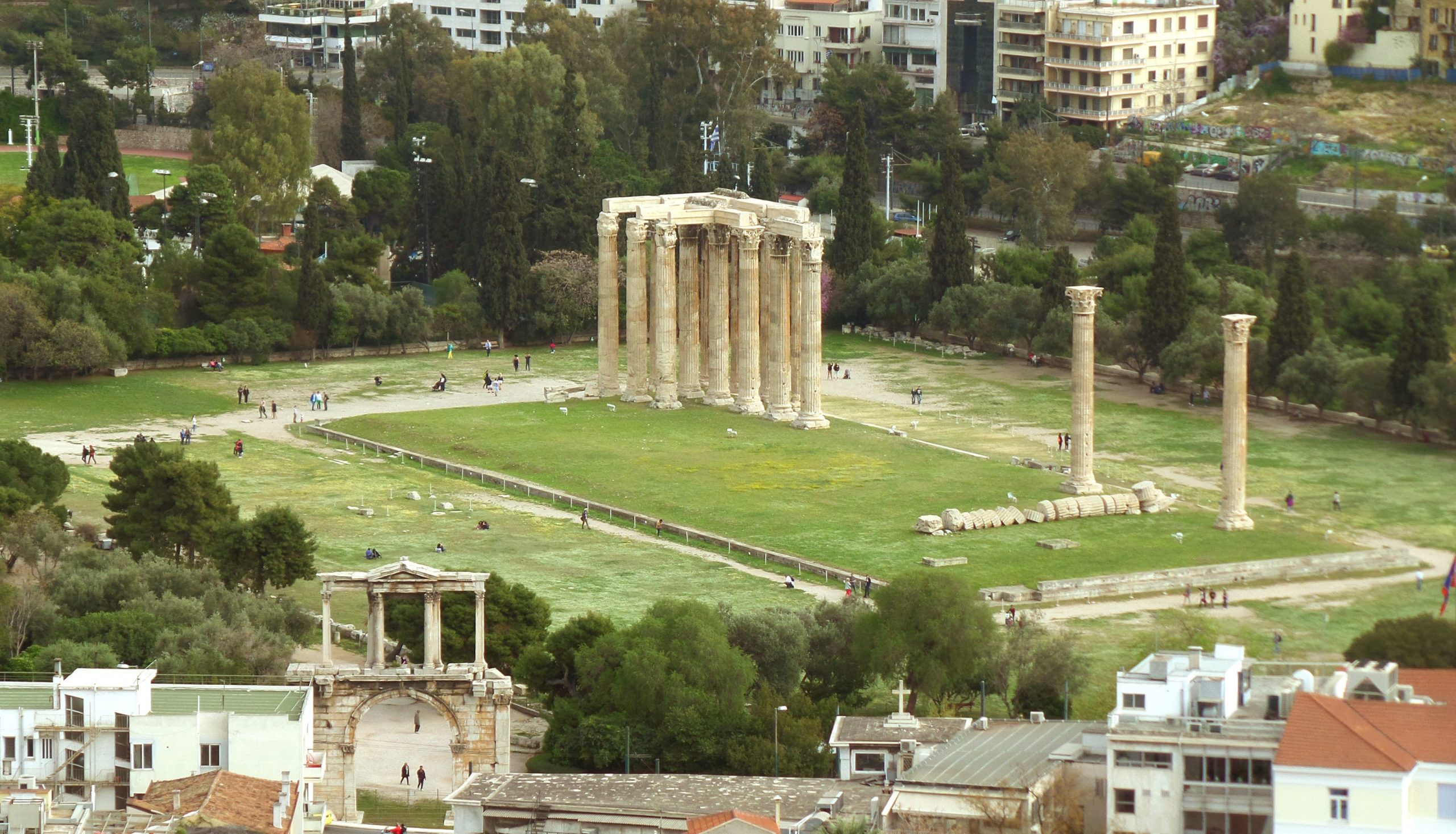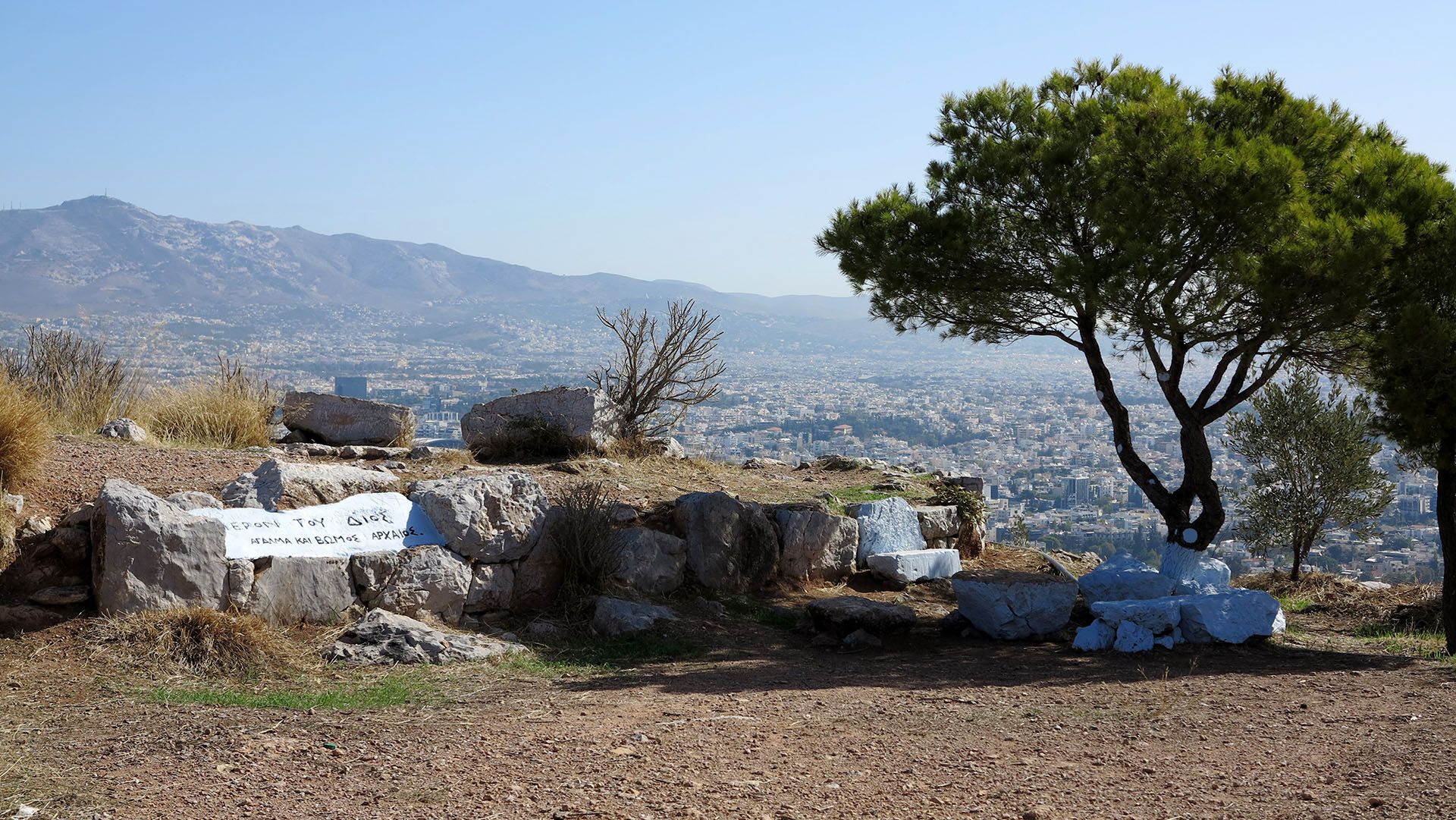Acropolis οf Athens
Useful
Information
Theorias 21, Athina 105 58, Greece
Informations
Address:
Theorias 21, Athina 105 58, Greece
Acropolis οf Athens
The Sacred Rock is the most visited site in Greece, attracting millions of people every year. It is a fortified hill of 156 metres in height in the heart of Athens that contains buildings of great historical value. It is a symbol of the civilizations that flourished in the Greek territory, from the ancient prehistoric times to the present day. There are finds that prove that people have been living there since the 3rd century BC. Foundations and parts of fortifications from the Mycenaean period have also been found, as well as parts of archaic temples from later periods.
In the following periods, the Acropolis was mainly used for defensive, religious and administrative purposes. From time to time it suffered disasters (the bombardment of Morosini in 1687, the siege of Kioutachi in 1826 and 1827) and interventions by conquerors or non-religious people. However, none of this was able to diminish the prestige of the monument and its importance as a historical symbol.
The monuments that still stand on the Acropolis date from the 5th century BC and are still among the most important examples of ancient Greek architecture. They are: The Parthenon, the Erechtheion, the Propylaea and the Temple of Athena Nike. The Parthenon, in particular, is a monument that illustrates the aesthetics and evolution of one of the most ancient civilizations. It has been a UNESCO World Heritage Site since 1987.













